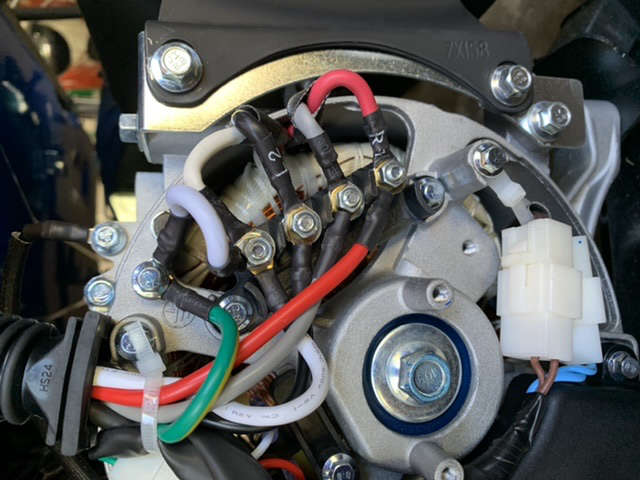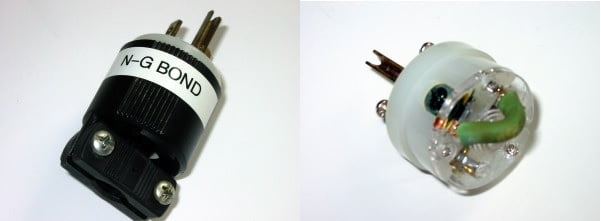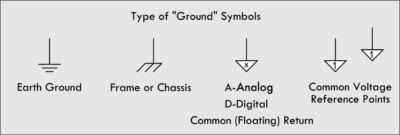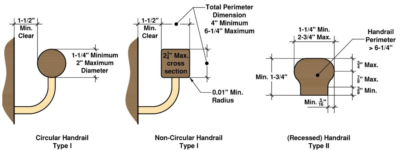A concise explanation of how bonding and grounding are used on home generators.
First a few definitions.
Grounding– The connection of a circuit in reference to it’s ‘reference ground’ often to the actual Earth itself. ie. the big rock we are currently hurtling through space on. But in the case of a generator this is often the frame of the generator.
This has one of two purposes in general; Number 1 is to carry away static electricity that has built up in the environment back to the earth. Lightning storms are the most obvious. 2nd is to carry stray current back to the grid in case of a major malfunction of said grid system. OK, there is a third called Single-wire earth return where the earth forms the return path to the primary producer of electricity, but this is not normally used for final distribution.
Bonding– The connection of a conducting or potentially conducting part to another part of a circuit. ie. The neutral wire is ‘bonded’ (connected) to the ‘ground’ wire or (frame of a generator), or the bonding of a metal light enclosure to ground.
This provides a measure of safety so that there is a redundant and rapid path back to the voltage source in case of a malfunction in the circuit. This lets any leaked current rapidly find it’s way back to the circuit breaker hopefully tripping it and preventing any mishaps.
As you can see from the definitions above, grounding and bonding are NOT the same. They are however often (incorrectly) used interchangeably. But again, they are not the same.
Hot wire– Any wire that carries current and is NOT bonded to a ground wire.
U.S. code wire color is BLACK or RED and corresponds to the narrow prong of a standard polarized NEMA 5 receptacle. (Red is usually reserved for switched legs of 120v lines, or the second conductor of a 240v circuit.)
This is normally thought of as the current carrying wire, but ALL conductors in a circuit are carrying energy, and in an AC circuit, the flow of electricity is alternating back and forth (usually) 50-60 times a second, mostly negating any concept of ‘direction of current flow’.
Neutral wire– A wire that is part of a current carrying circuit, but is at a zero volt potential with reference to ground. ie. it and the ground wire are connected together so a meter between them would read 0 volts.
U.S. code wire color is WHITE and corresponds to the wide prong of a standard polarized NEMA 5 receptacle.
Ground wire– This is the wire that takes any stray current, either induced or due to fault, back to the reference ground, to either dissipate the static or induced energy back to the Earth, or to let the current of a fault find it’s way back to the source to quickly to trip the ‘current interrupt device’ ie. the breaker.
U.S. code wire color is GREEN or bare, and corresponds to the center, circular prong of a standard polarized NEMA 5 receptacle.

Home generators come in two types- ‘Floating Neutral’ and ‘Bonded’
‘Open neutral’ or ‘Floating neutral’ generators are by far the most common type and have no connection between the ground wire and the neutral wire of the generator/alternator (the bit with magnets…) So the voltage of the ‘neutral’ wire floats in relation to the ground wire, making both the black and white wires ‘hot/live’ in relationship to ground.
Bonded generators have the ground wire from the receptacles bonded to the frame of the generator AND to the neutral wire of the generator/alternator itself.
The two types exist due to one simple fact, in only ONE place in a given electrical system may the neutral wire and the ground be bonded together. This is due both to physics and code. If the two are bonded in more than one place then a ‘ground loop’ can form between the multiple points of bonding. This has a multitude of problems, but namely it can cause the affected parts of the circuit to have a voltage potential between them when no potential is otherwise expected ie. it can shock you.
So floating neutral generators are more common due to them being expected to be used with a house transfer switch. While bonded generators are meant for independent use directly with appliances, for example on a construction site.
If a floating neutral generator is to be used directly, without attachment to the load center of a home or RV, or something that is already bonded, it should then have it’s neutral bonded to it’s reference ground, thus making it a bonded generator. This bonding can easily be achieved by using one of it’s NEMA receptacles for an adapter that bonds them together at the plug. Use one of these anytime a ‘floating neutral’ generator is used without being connected to a bonded electrical system, ie when it’s not hooked up to your house.
The danger of this however, is that it could be left plugged in to the generator when connected to an already bonded system, which would then create a second neutral bond and create a ground loop. So if this technique is used, ensure against leaving it in when it’s not needed, by signage, and also by labeling the adapter well.

Depending on how it is used, the generators chassis usually does not need to be grounded to the Earth. See the pdf below for OSHA requirements. But in short the most common reason it DOES need to be earthed is; if the generator is hooked up to a house, AND the transfer switch is switching both the hot and neutral, then it needs it’s own ground rod since it is a ‘separately derived system’, otherwise not, and it might actually do more harm than good, see video below on “Auxiliary grounding”.
Here is another good resource on bonding.
RV’s
Most RV’s do not have their load centers neutral bonded, as they are expecting to be hooked to shore power with it’s neutral bonded to ground. Generators for RV’s should then be of the bonded type or be bonded at the generators alternator, or with a bonding plug. This is especially important with EMS and GFCI devices which require the neutral to be bonded to ground in order to function properly.
Vehicles obviously cannot generally be grounded in reference to the Earth so they use their frame as their ground reference, the the generators frame when used in an RV must then be connected to the vehicle ground.




